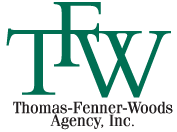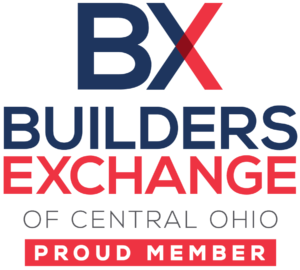If you face an unforeseen emergency at work, such as a fire or explosion, don’t waste precious moments trying to figure out what to do and who to listen to. Your emergency plan should have a chain of command that gives one person overall responsibility for managing the incident, and supervising other employees responsible for carrying out specific tasks.
At the top of the chain is the emergency scene commander, a trained employee who will issue orders to others during the emergency. This person might be a facility manager, emergency director, or some other supervisor. The commander’s responsibilities will include:
- Assessing the incident to determine if it requires an emergency response
- Supervising emergency scene coordinators (volunteer employees trained in various emergency tasks)
- Coordinating professional responders, such as ambulance, police, and fire departments
- Directing shutdown of critical workplace equipment and/or operations
- Determining the need for an evacuation and managing an evacuation
- Supervising the activities of emergency scene coordinators
Each of these coordinators should be responsible for a specific number of employees in a particular work area. They should know how to respond to worksite emergencies, direct evacuation procedures, and use emergency communication equipment. Make sure to train the coordinators in CPR, first aid, and responses to threats of violence. Their responsibilities should include:
- Checking rooms and other enclosed spaces for employees who might be trapped or unable to evacuate
- Knowing who might need assistance during an evacuation and how to help them
- Coordinating emergency activities of employees
- Knowing the workplace layout, appropriate escape routes, and areas that employees must not enter during an evacuation
- Verifying that all employees are in designated safe areas after evacuation
Our risk management professionals would be happy to provide a comprehensive review of your emergency plans.





